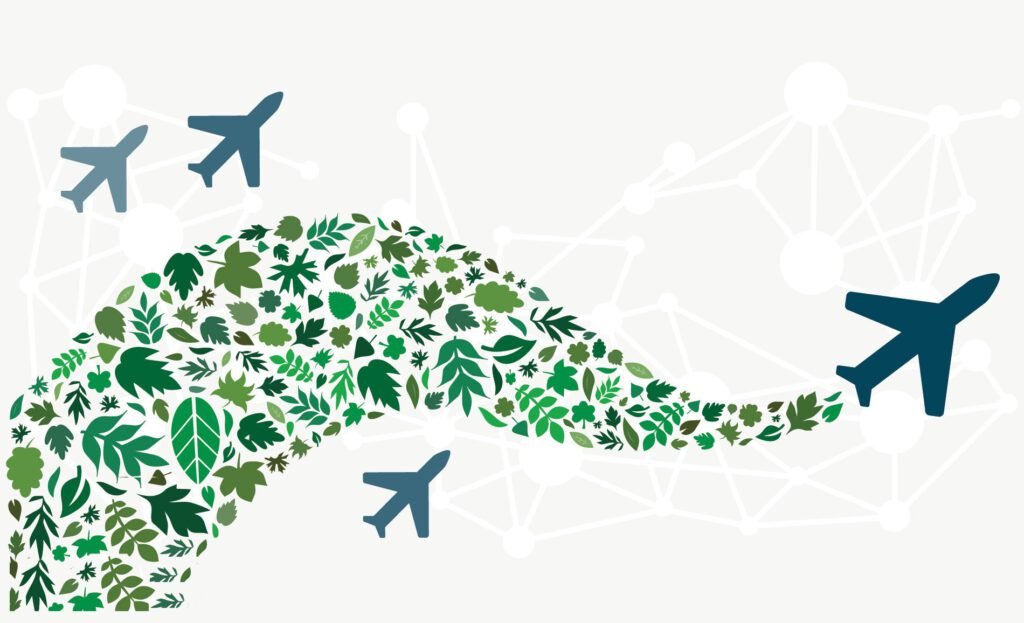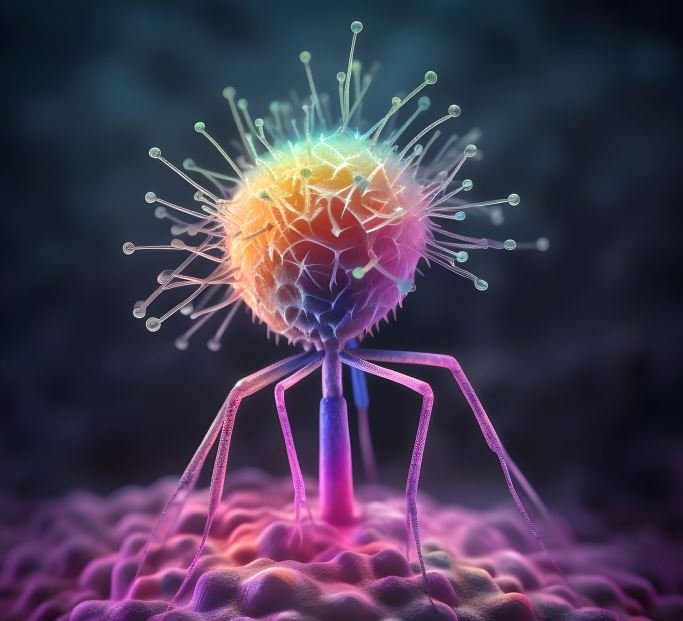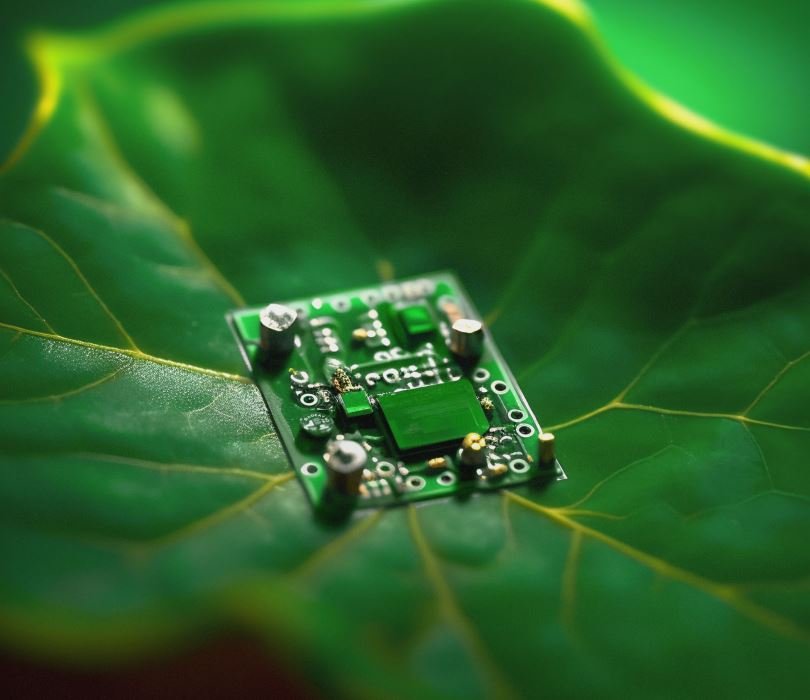The World Economic Forum (WEF) has released its annual list of the top 10 emerging technologies in 2023. WEF‘s annual list mentions breakthrough technologies with the greatest potential to make a positive impact on the world. Wearable plant sensors, sustainable aviation fuel, and generative Artificial Intelligence are among the top 10 technologies of 2023.
TOP 10 EMERGING TECHNOLOGIES

- Flexible batteries
- Generative artificial intelligence
- Sustainable aviation fuel
- Designer phages
- Metaverse for mental health
- Wearable plant sensors
- Spatial omics
- Flexible neural electronics
- Sustainable computing
- AI-facilitated healthcare
The report broadens its scope beyond describing the top 10 technologies and associated risks and opportunities to include a qualitative assessment of how each technology
would impact people, the planet, prosperity, industry, and equity. New technologies have the power to disrupt industries, grow economies, improve lives, and safeguard the planet – if designed, scaled, and deployed responsibly.
01 – Flexible Batteries
Flexible batteries: Powering wearable technologies for healthcare and e-textiles. Standard, rigid batteries may soon be a thing of the past as thin, flexible batteries – made of lightweight materials that can be easily twisted, bent, or stretched- reach the market. Flexible batteries have applications in a growing number of fields, including wearable medical devices and biomedical sensors, flexible displays, and smartwatches. Health-related applications powered by these batteries could transmit data wirelessly to healthcare providers, facilitating remote
patient monitoring.

02 – Generative artificial intelligence
Generative artificial intelligence: Expanding the boundaries of human endeavor. It is a powerful type of AI that can create new and original content by learning patterns in data, using complex algorithms and methods of learning inspired by the human brain. While generative AI currently focuses on producing text, computer programming, images, and sound. This technology could be applied to a range of purposes, including drug design, architecture, and engineering.
Generative AI technologies may even impact the food industry and the design of everyday objects, from furniture to appliances. In scientific research, generative models could facilitate
breakthroughs by improving the experimental design, identifying relationships between data elements, and creating new theories.

03 – Sustainable aviation fuel
Sustainable aviation fuel: Moving the aviation industry towards net-zero carbon emissions. Aviation accounts for 2-3% of global CO2 emissions annually with projected emissions of 39 gigatonnes between 2022-2050. While the use of electric vehicles for ground transport is rapidly increasing the aviation sector has struggled with decarbonization as energy-dense fuels required for long-distance flights.
Today, SAF makes up less than 1% of global jet fuel demand, but this must increase to 13-15% by 2040 to put the aviation industry on the path to net zero by 2050. Fortunately, the production of SAF from biogenic raw materials using renewable energy is steadily increasing.

04 – Designer phages
Designer phages: Engineering viruses to augment human, animal, and plant health. The community of microbes – living on and within the human body- is its
microbiome. The microbiomes of humans, animals, and plants play important roles in the health of these organisms. Recent advances allow the engineering of the
microbiome to benefit human well-being and agricultural productivity.
Key to this engineering are phages – viruses that selectively infect specific types of bacteria. With bioengineered phages, scientists can change a bacterium’s functions,
causing it to produce a therapeutic molecule or to become sensitive to a certain drug. Designer phages are showing potential for treating microbiome-associated diseases such
as hemolytic uremic syndrome – a rare but serious condition that affects the kidneys and blood-clotting functions.

05 – Metaverse for mental health
Metaverse for mental health: Shared virtual spaces to improve mental health. Excess screen time and social media can decrease psychological well-being, but they can also
enhance well-being when used responsibly. Screen time spent building connections in shared virtual spaces might help combat the growing mental health crisis as opposed to contributing to it.
Virtual shared spaces are digital environments where people can interact professionally and socially. The future of these spaces is the metaverse, which may include virtual shared spaces enhanced with augmented or virtual reality. Leveraging the metaverse for the continuum of mental healthcare needs could be a win-win. Not only would patients benefit, but grounding the metaverse in a practical, necessary application could drive the emergence of this advancing virtual space.

06 – Wearable plant sensors
Wearable plant sensors: Revolutionizing agricultural data collection to feed the world. These sensors promise to improve plant health and increase agricultural productivity. These sensors will continuously monitor temperature, humidity, moisture, and nutrient levels. Data from plant sensors can optimize yields, reduce water, fertilizer, and pesticide use, and detect early signs of disease.
wearable plant sensors are to revolutionize crop production and management. By providing real-time data about plant health and environmental conditions. These devices can help farmers optimize agricultural productivity, reduce waste and minimize agriculture’s environmental impact – all while helping to feed the world’s growing population.

07 – Spatial omics
Spatial omics: Molecular-level mapping of biological processes to unlock life’s mysteries. The human body has approximately 37.2 trillion cells. How do they all work together
to keep us alive and healthy? Spatial omics may provide researchers with an answer. By combining advanced imaging techniques with the specificity and resolution of DNA sequencing, this emerging method enables the mapping of the what, where, and when of biological processes at the molecular level.
A new generation of molecular-level “cell atlases” are under development thanks to spatial omics, detailing the myriad biological processes occurring in humans and other species.

08 – Flexible neural electronics
Flexible neural electronics: Better engineered circuits to interface with the nervous system.
Researchers have recently developed brain interfacing circuits on biocompatible materials that are soft and flexible. Flexible circuits can conform to the brain, reducing scarring and sensor drift, and they can be packed with enough sensors to stimulate millions of brain cells at once, vastly outperforming the scale and timeframe of hard probes.
When used in neuroscience research, flexible BMIs could deepen understanding of neurological conditions such as dementia and autism.

09 – Sustainable computing
Sustainable computing: Designing and implementing net-zero-energy data centers. Data centers, which facilitate Google searches, email, the metaverse, AI, and myriad other aspects of an increasingly data-based society, consume an estimated 1% of the electricity produced globally. This amount will only increase with the growing demand for data services. While there is no single “green data” magic bullet. It is expected that the coming decade will boast substantial strides toward net-zero-energy data centers as emerging technologies are combined and integrated in innovative ways.

10 – AI facilitated healthcare
AI-facilitated healthcare: New technologies to improve the efficiency of healthcare systems.
AI-based technologies could also help to tackle the challenge – the long delays many patients experience when attempting to obtain medical care through the healthcare system. When applied to a curated data set of existing medical facilities, AI, ML, and data analytics, techniques dramatically improved patient access to treatments.
Medical Confidence, a subsidiary of CloudMD, used such technology to optimally align patient treatment needs with facility availability, enabling dramatic reductions in treatment wait times – in some cases, from many months down to only weeks.









